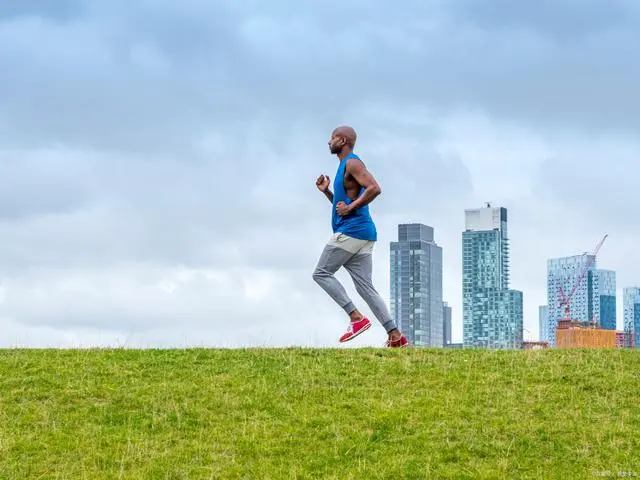Alternating exercise is a novel fitness concept and method that has emerged in recent years based on comparative medicine, serving as a new measure to enhance self-protection abilities. Research indicates that regular engagement in alternating exercises enables the physiological functions of various systems in the body to be exercised alternately, proving highly beneficial for self-care.
Body-Mind Alternation: During physical activities like running, swimming, hiking, or light labor, individuals can pause to engage in mental exercises such as chess games, intellectual puzzles, reciting poetry, or learning foreign language vocabulary. Regular practice of both physical movement and mental stimulation ensures enduring cognitive vitality.
Dynamic-Static Alternation: While people should engage in physical and mental exercises, they should also set aside time daily to quiet both their bodies and minds, relaxing all muscles and clearing their minds of all distractions. This allows for comprehensive rest and aids in regulating the body’s circulatory system.
Positive-Negative Alternation: For those in good physical condition, engaging in “reverse exercises,” like backward walking or slow jogging, can complement the shortcomings of “forward exercises,” ensuring that all organs are being exercised.
Hot-Cold Alternation: Winter swimming, summer swimming, and hot-cold water immersion are typical examples of “hot-cold alternating” exercises. “Hot-cold alternating” not only helps people adapt to seasonal and climatic changes but also significantly improves the metabolic function of the body surface.
Up-Down Alternation: Regular jogging can exercise leg muscles, but the upper limbs do not receive much activity. Participating in activities that frequently use the upper limbs, such as throwing, ball games, using dumbbells, or stretching machines, can ensure balanced exercise for both upper and lower limbs.
Left-Right Alternation: Those accustomed to using their left hand and foot should engage more in activities that involve their right hand and leg, and vice versa. “Left-right alternation” not only promotes the comprehensive development of both sides of the body but also fosters the balanced development of the left and right hemispheres of the brain, offering a certain preventive effect on cerebrovascular diseases.
Upright-Inverted Alternation: Scientific research confirms that regular inversion can improve blood circulation, enhance internal organ functions, sharpen hearing and vision, and have favorable effects on psychological conditions such as hysteria, depression, and anxiety.
Editor’s Note: Inversion exercises require a certain level of physical fitness, and practitioners should proceed according to their individual circumstances.
Wearing-Removing Shoes Alternation: The soles of the feet have sensitive areas connected to internal organs. Walking barefoot stimulates these sensitive areas first, transmitting signals to the relevant internal organs and the cerebral cortex associated with them, thereby coordinating the functions of the body and achieving fitness goals.
Walking-Running Alternation: This is a combination of human movement patterns and a method of physical exercise. The method involves switching between walking and running. Regular practice of walking-running alternation can enhance physical fitness, increase strength in the back and legs, and have a positive effect on preventing conditions like “old cold legs,” lumbar muscle strain, and intervertebral disc herniation.
Chest-Abdominal Breathing Alternation: Most people typically use the more relaxed and effortless chest breathing, resorting to abdominal breathing only during intense exercise or other stress situations. Studies show that regular alternating chest and abdominal breathing promotes gas exchange in the alveoli, significantly reducing the incidence of respiratory diseases and proving highly beneficial for elderly patients with chronic bronchitis or emphysema.
Post time: Dec-26-2023
